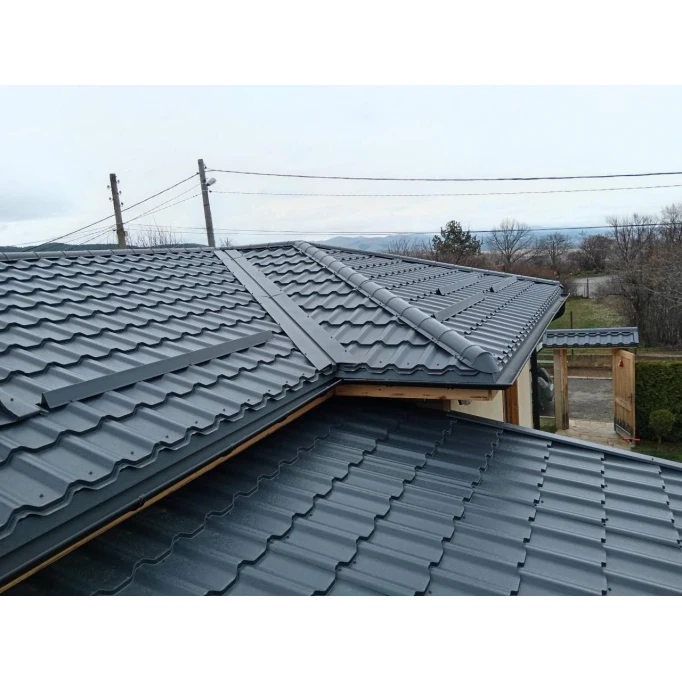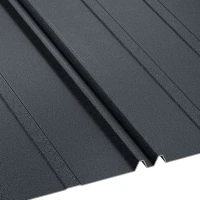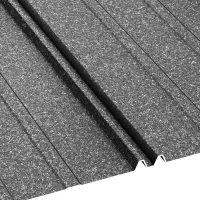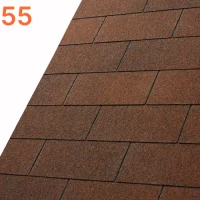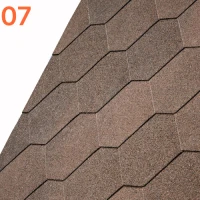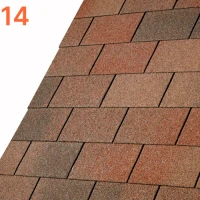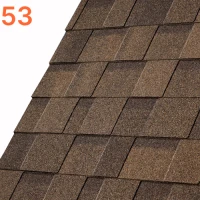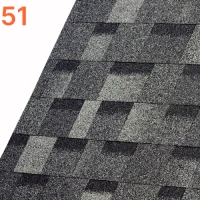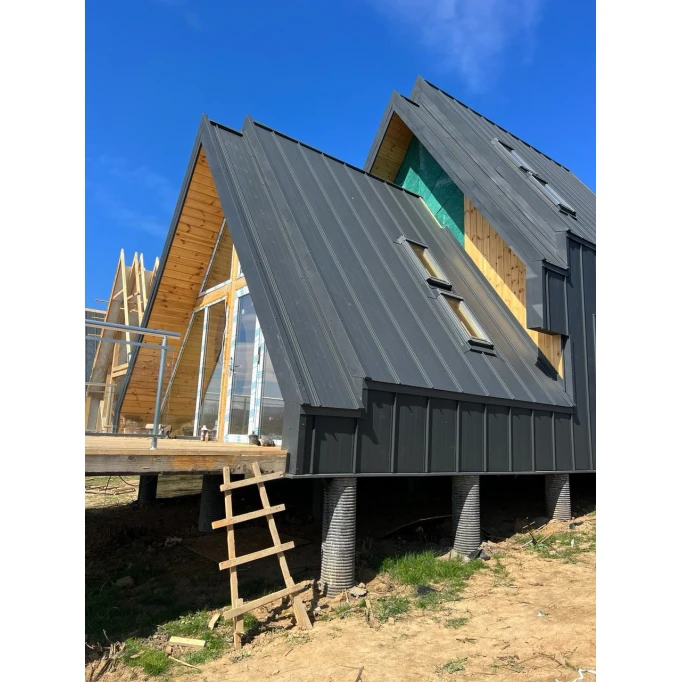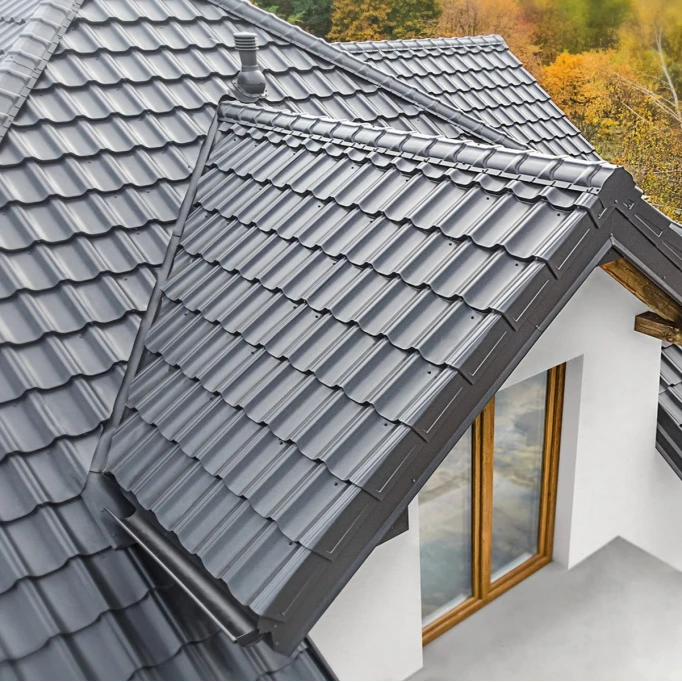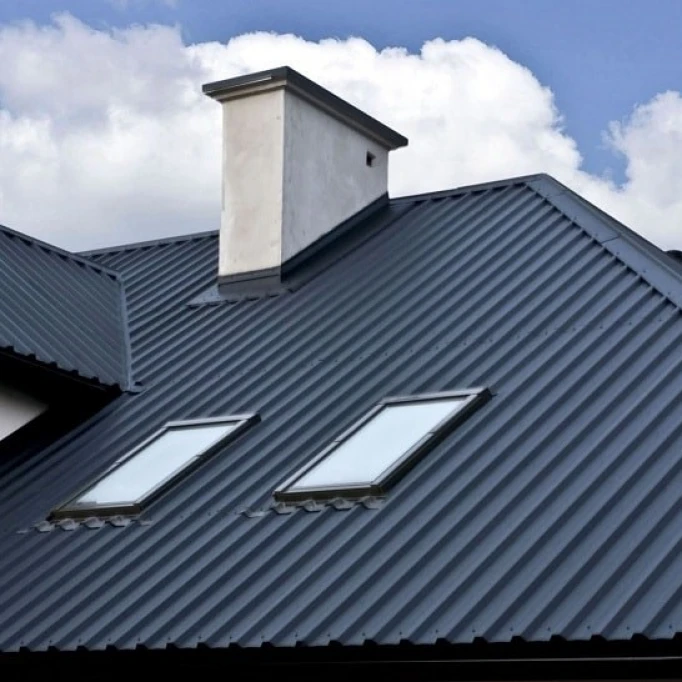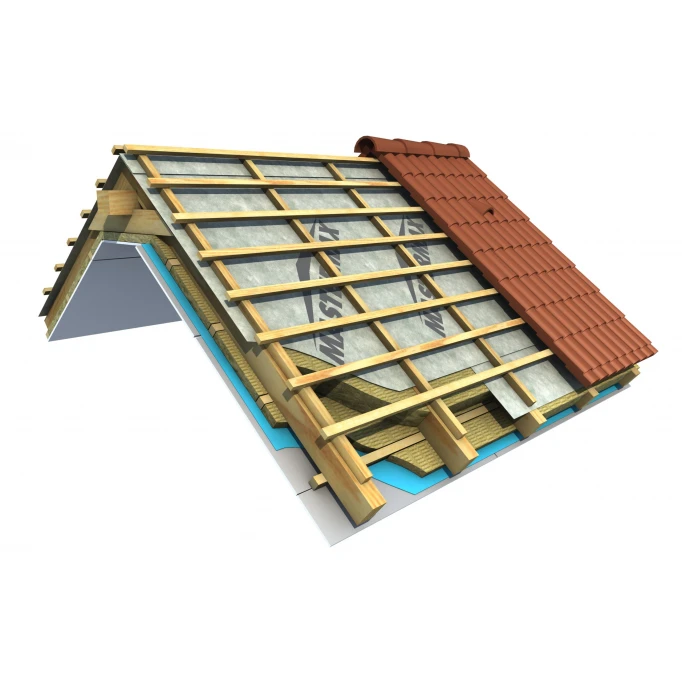Wear and tear of the roofing, mold, damaged corrugated sheets, leaks, or even aesthetic considerations may necessitate the renovation of a house's roof. Depending on the current state of the roof, experts should propose either partial renovation or the installation of a new roof on the old building. Regardless of whether a local repair or a complete renovation is needed, it is essential to take this issue seriously, as the integrity of the roof and the usability of the building depend on the effectiveness of the solution.
New Roof or Roof Renovation: What to Choose for an Old House?
The first point is to assess the age of the roof. Every building material has its lifespan (variable, but still!). For example, a metal roof lasts 40 to 70 years, depending on maintenance quality and climatic conditions; asphalt shingles last 20-30 years; wooden shingles 30-50 years. This means that if the lifespan is nearing its end, it is more rational to install a new roof on the old house - the cost will be more favorable than constant repairs of the old one.
To assess the current state of the roof, it must be thoroughly inspected both externally and internally. Externally, it is important to assess:
The presence of cracks, broken, or missing tiles;
Signs of fungi, mold, or moss (indicating poor ventilation and/or moisture penetration);
Structural elements (checking for rot or damage);
The condition of the drainage system (gutters and pipes may be leaking or clogged).
From the inside of the house, it is necessary to check the internal condition of the roof, paying special attention to the following parameters:
Stains on walls and roof (a sign of leaks);
Light (indicating holes or cracks that may not be visible during a physical inspection);
Ventilation (lack of normal levels leads to condensation and rot).
Based on the analysis, it should be decided whether there are local or severe problems. Minor leaks or a few damaged tiles only require partial reconstruction of the structure. Serious damage, problematic ventilation, or significant structural flaws are red flags that necessitate a decision in favor of a new roof.
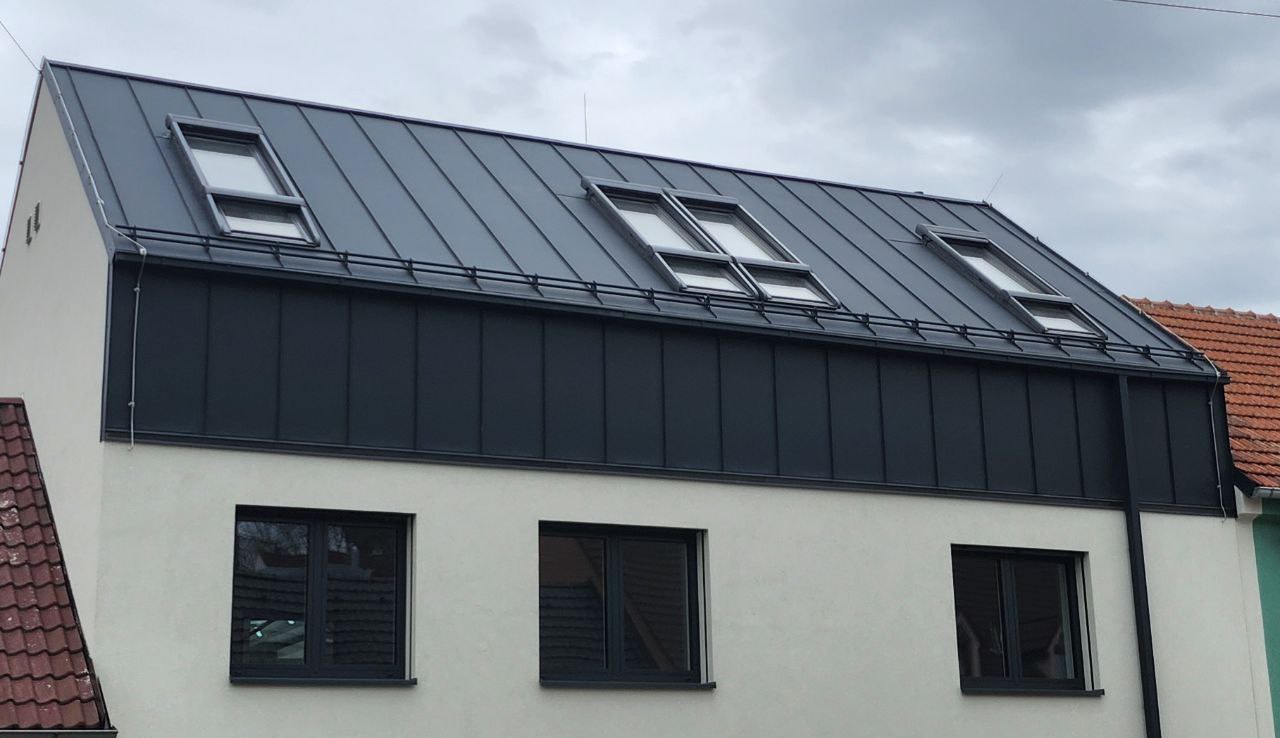
What Roofing to Choose for a New Roof?
If you decide on a new roof, you must be careful when choosing the roofing material. Based on climatic conditions, the most common types of roofing in Czech construction are standing seam roofs, click roof panels, and metal tiles. Each of these roofing types has its characteristics, advantages, and disadvantages - we will help you navigate the issue.
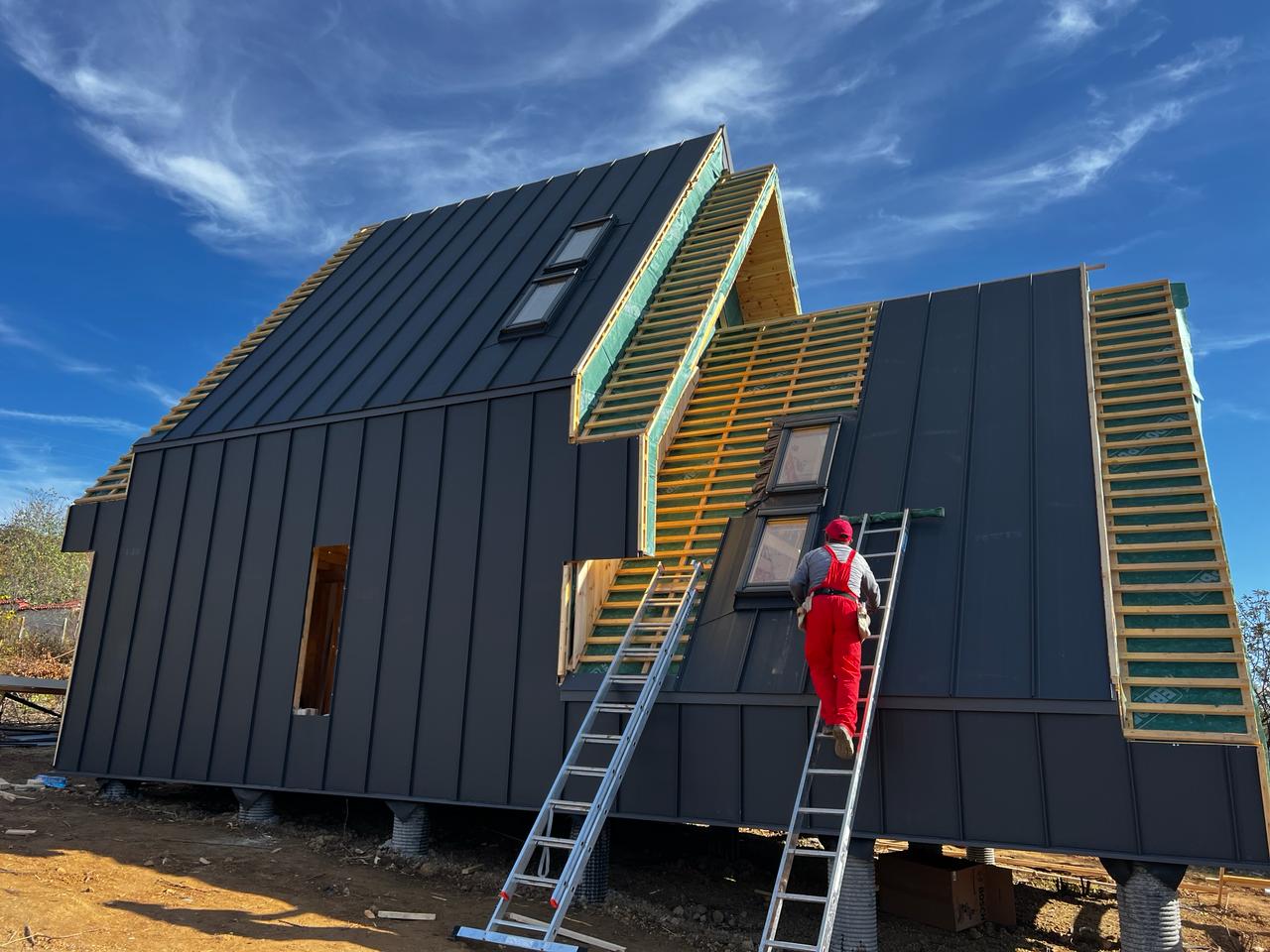
Standing Seam Roofing
This consists of sheets hermetically sealed by folding the edges (seaming). They are made from zinc, copper, or galvanized steel.
Standing seam roofs have several advantages:
Durability: lasts 30-70 years (depending on the material);
Airtightness, meaning protection against leaks;
Minimal maintenance: virtually maintenance-free;
Weather resistance: UV radiation, wind, and precipitation do not affect the roof.
The main and only disadvantage is the high cost of the new roof, which is due to the material cost and the costs of installation services (requiring special tools and expert skills).































-90x90.webp)



















